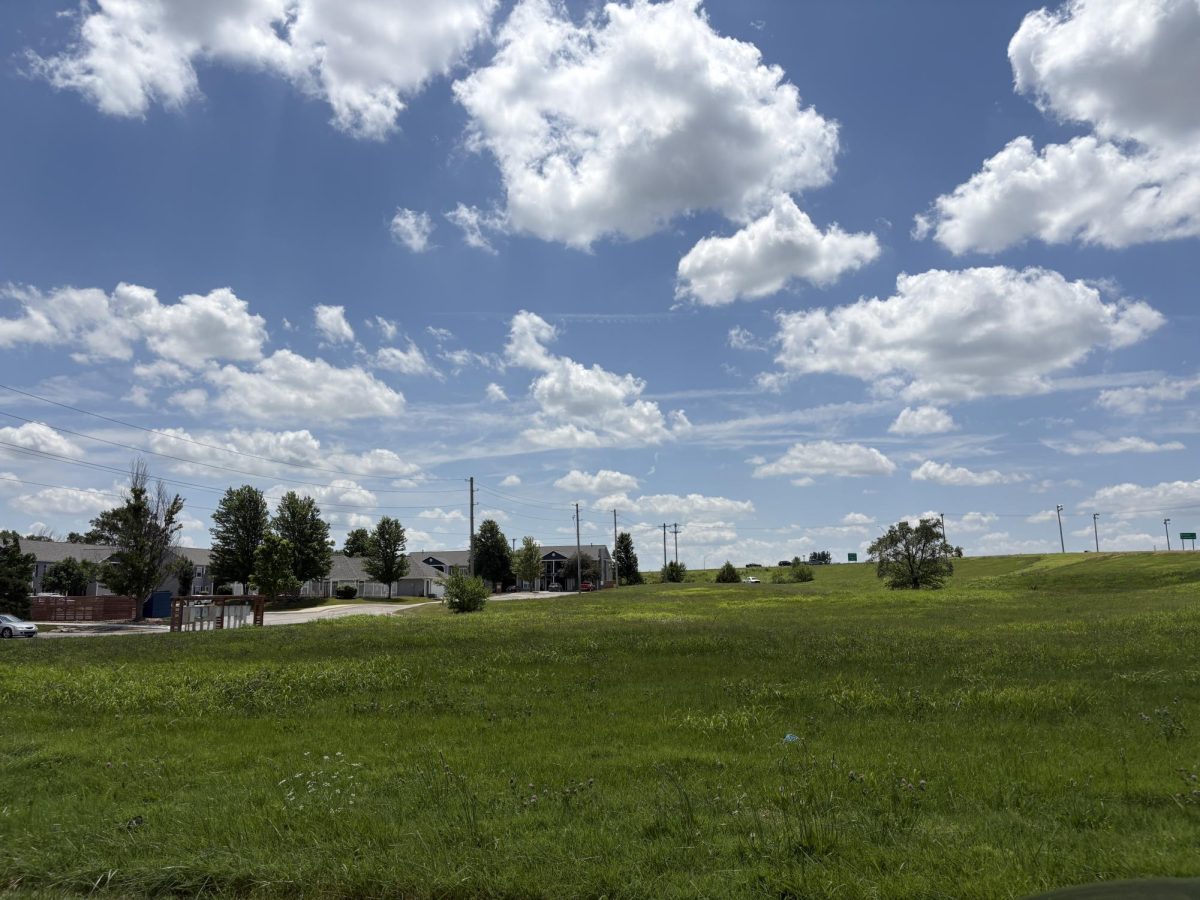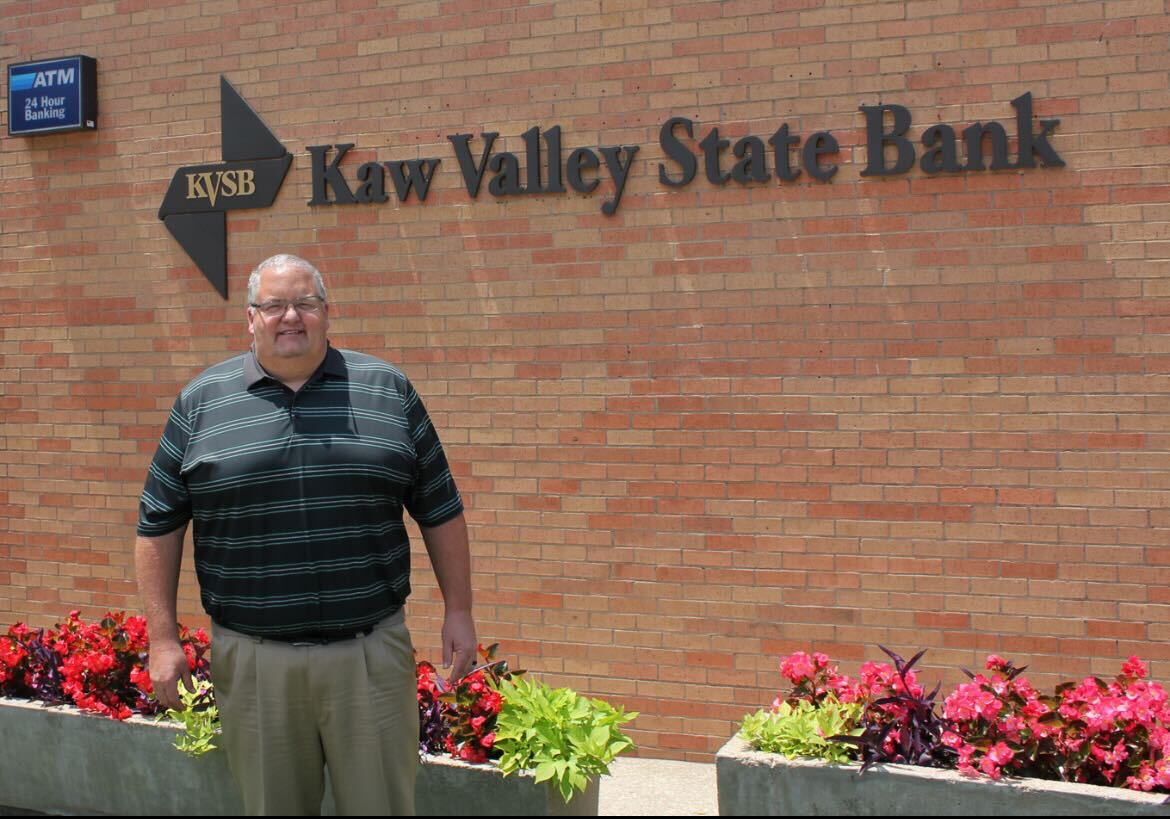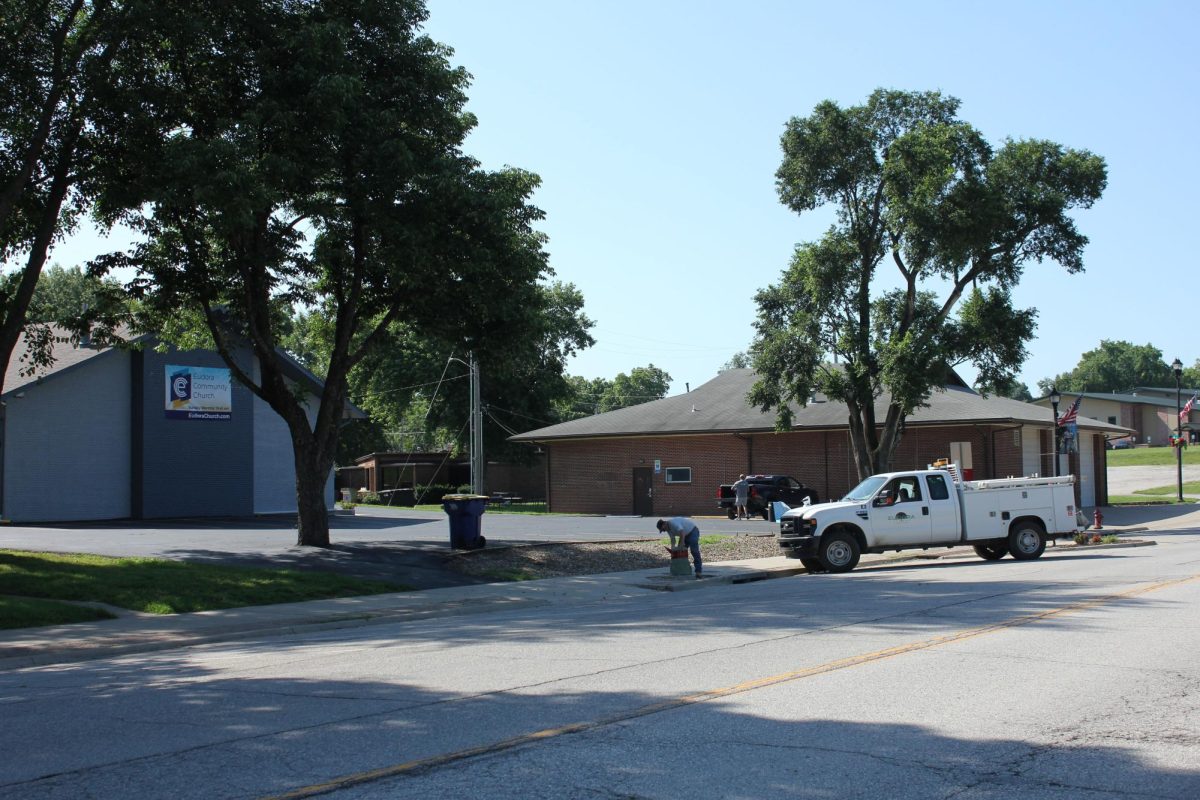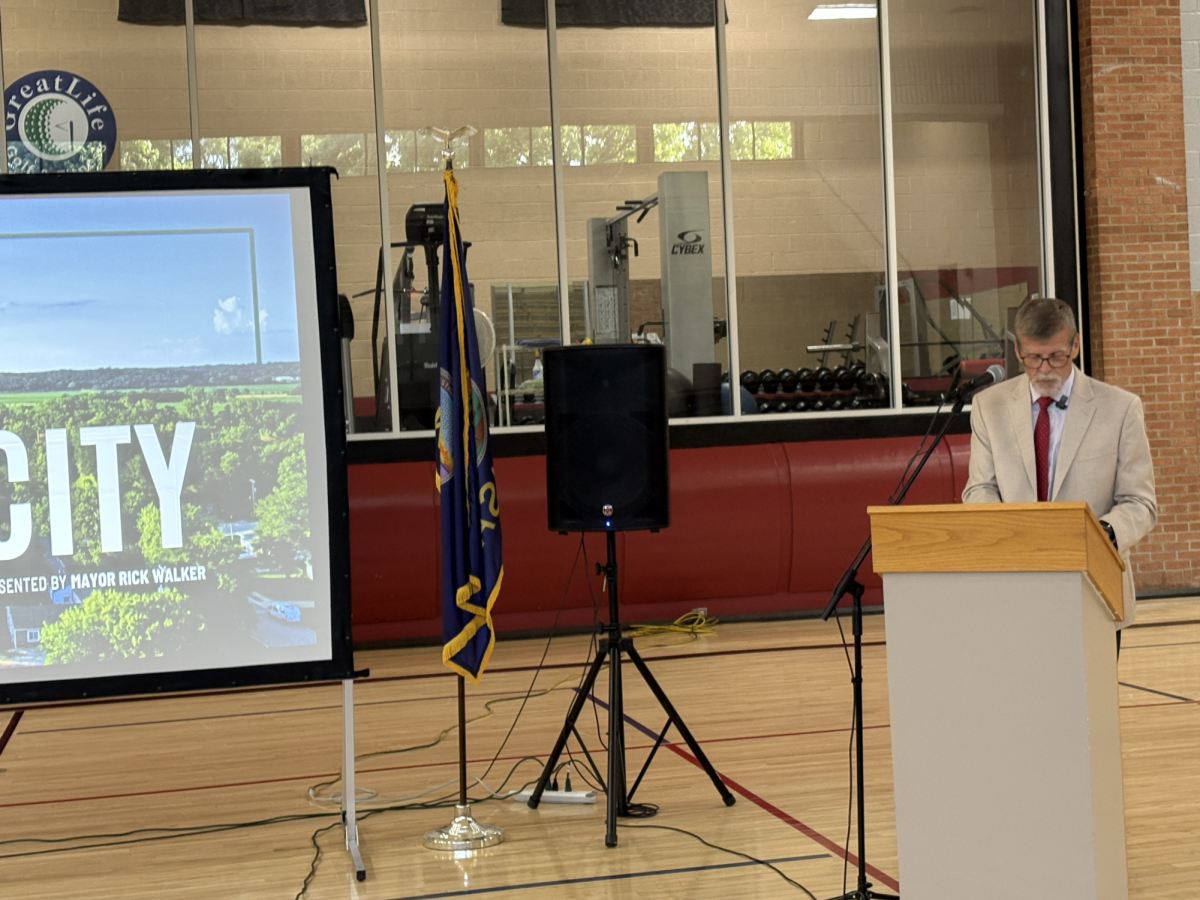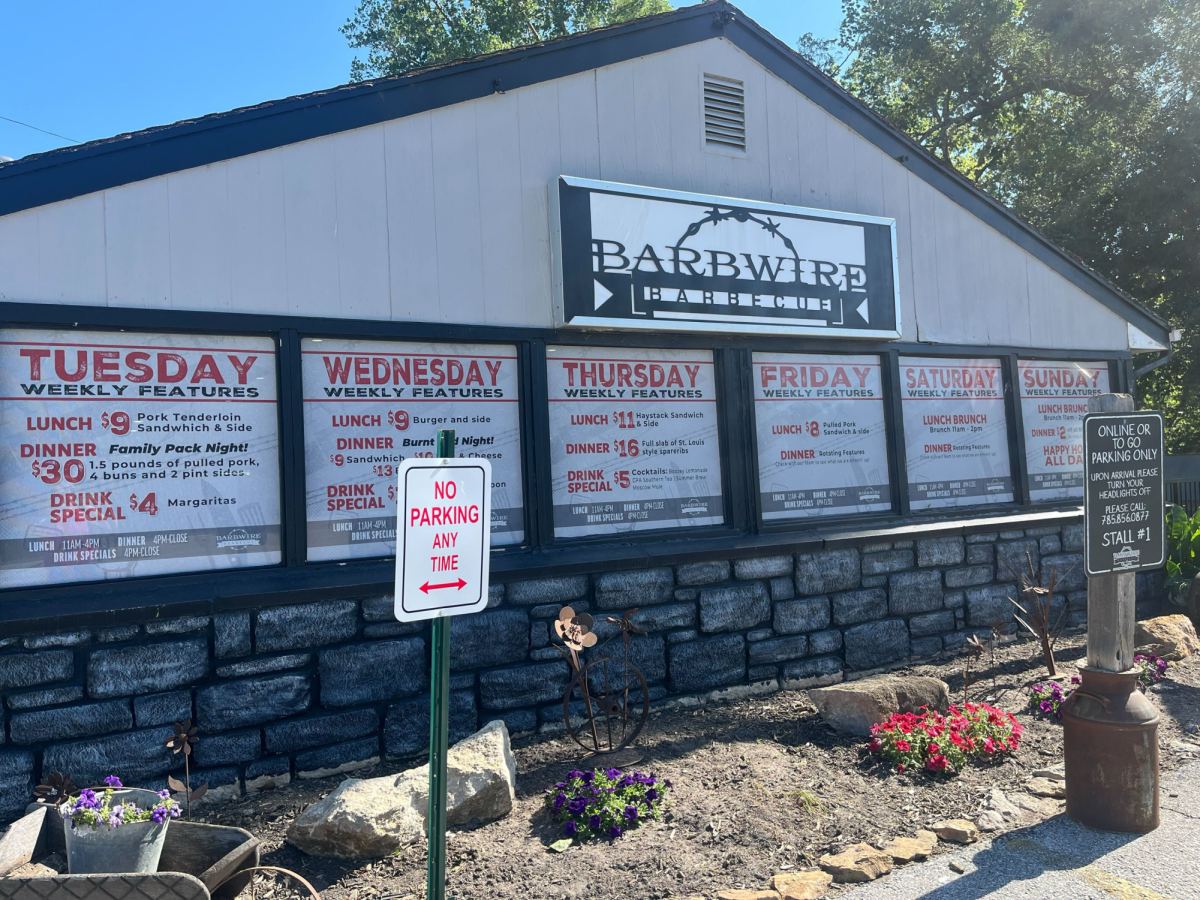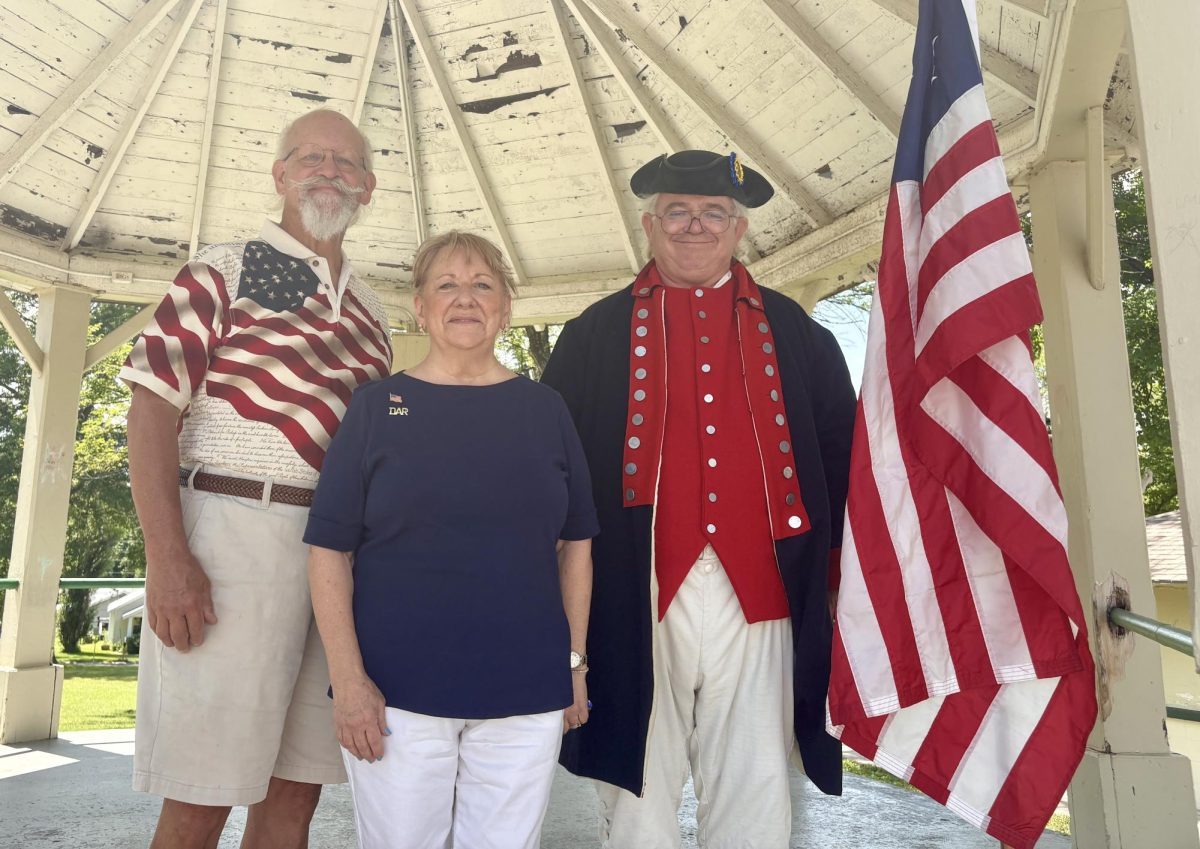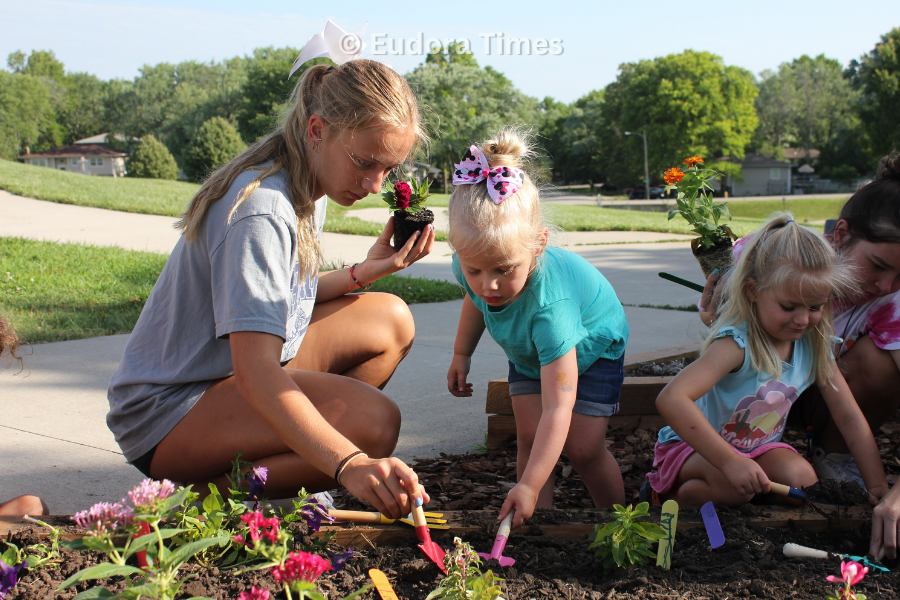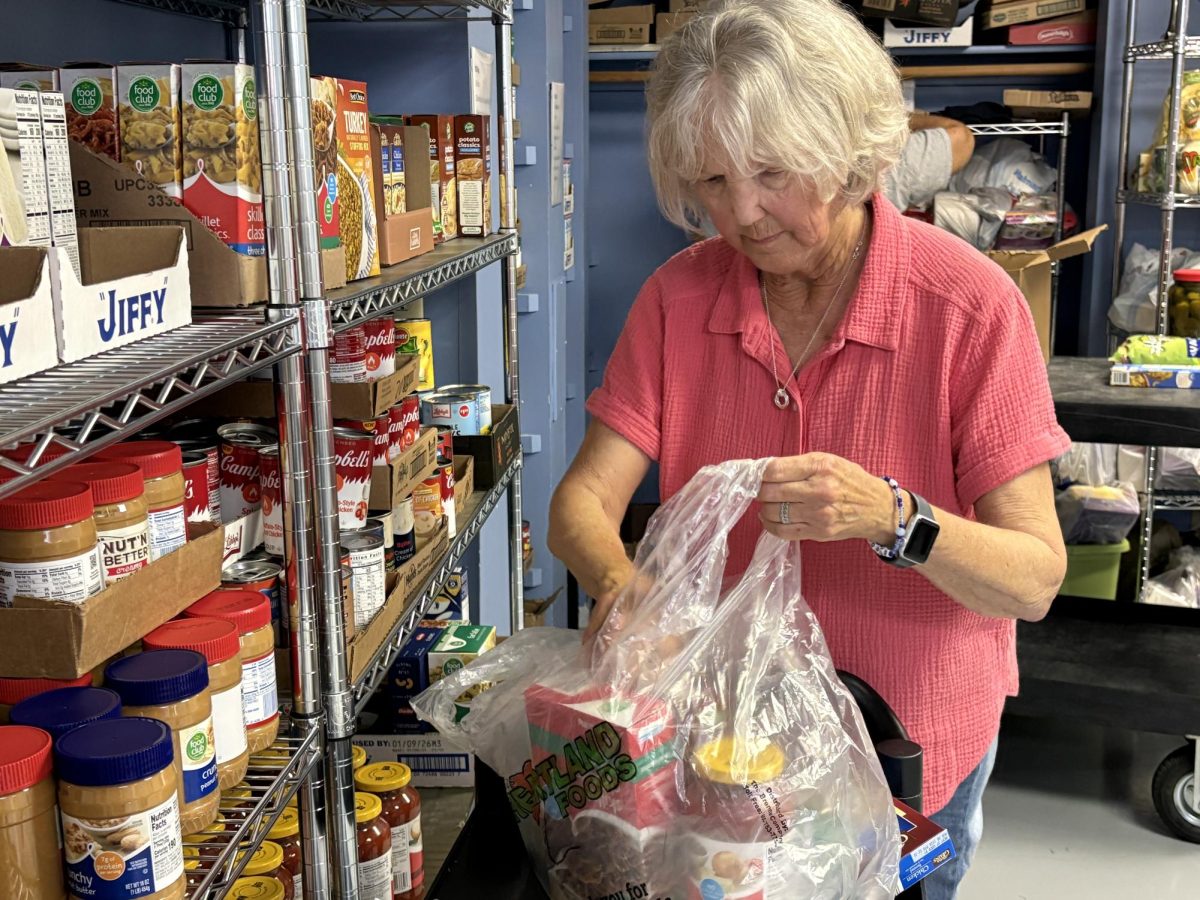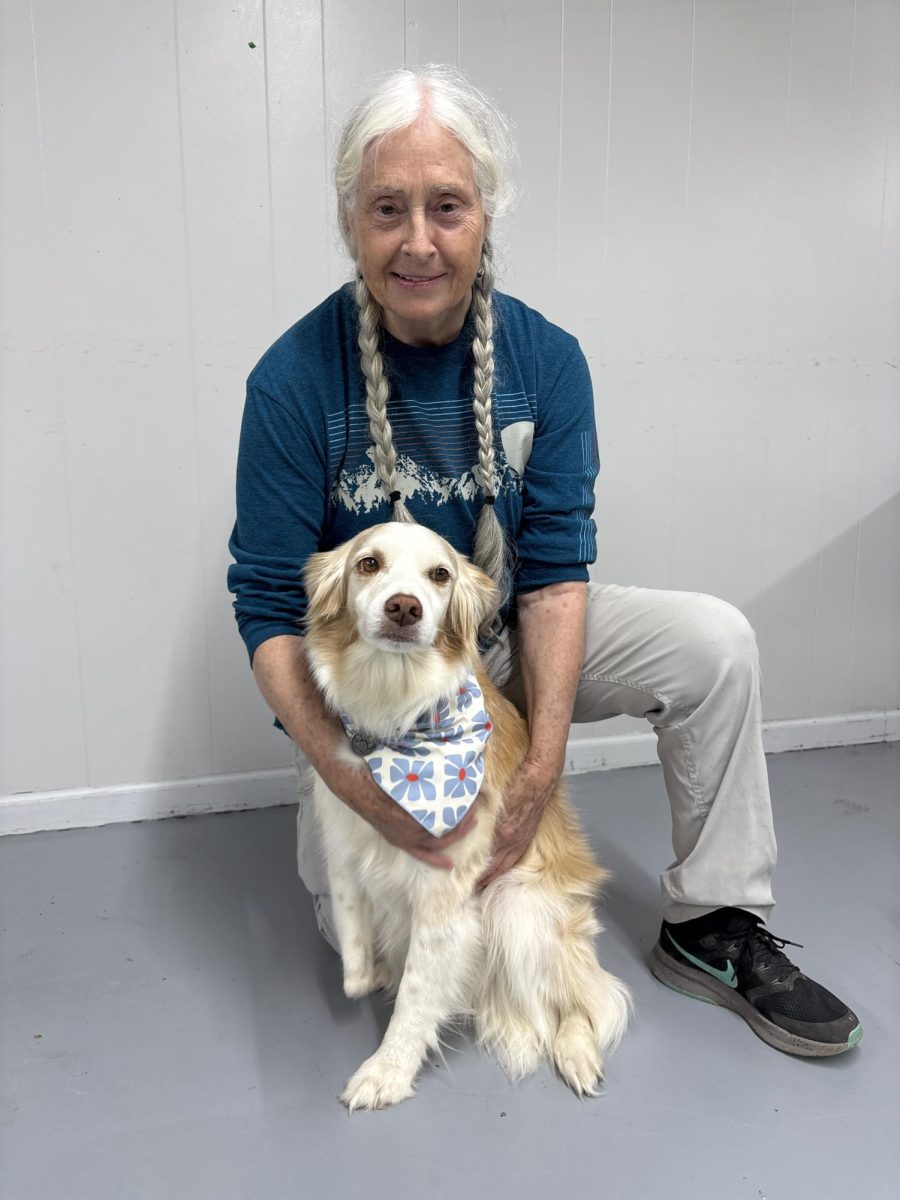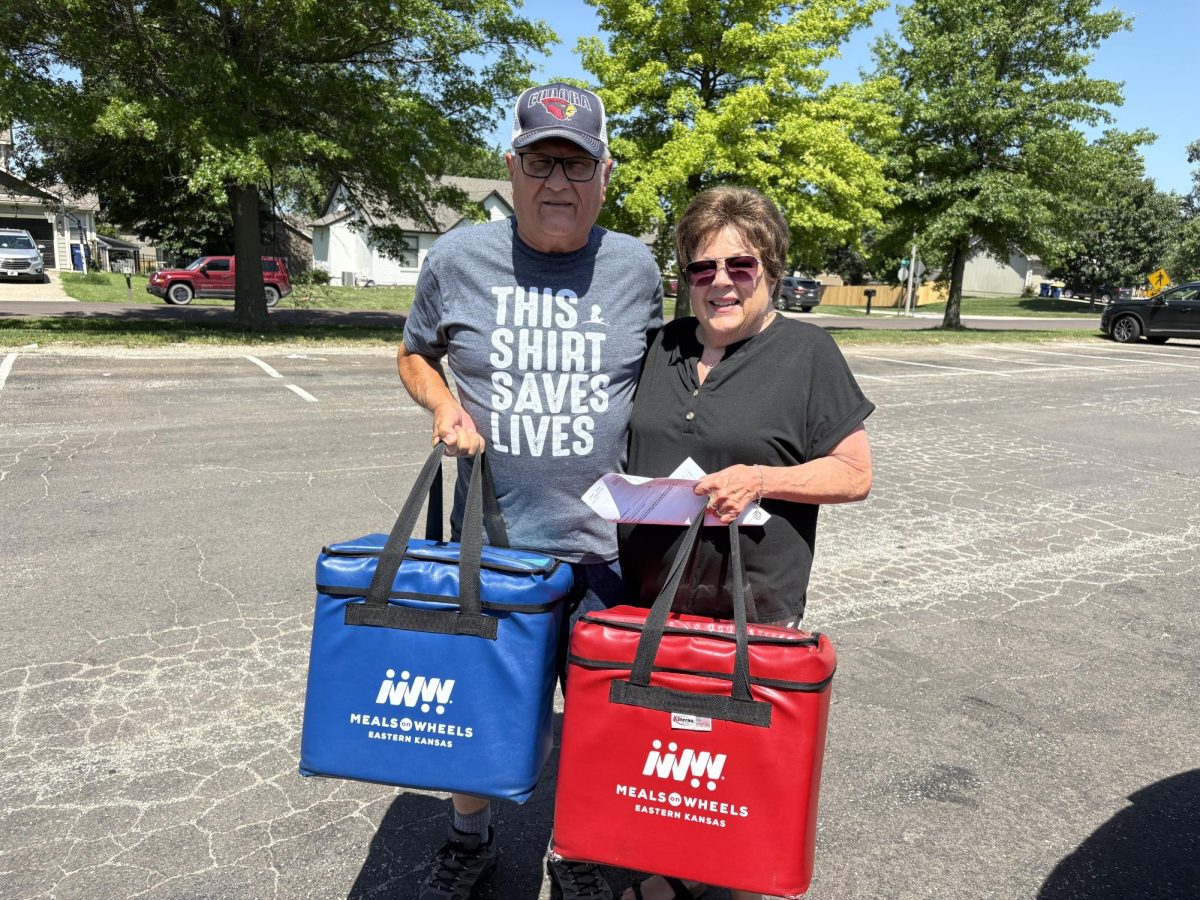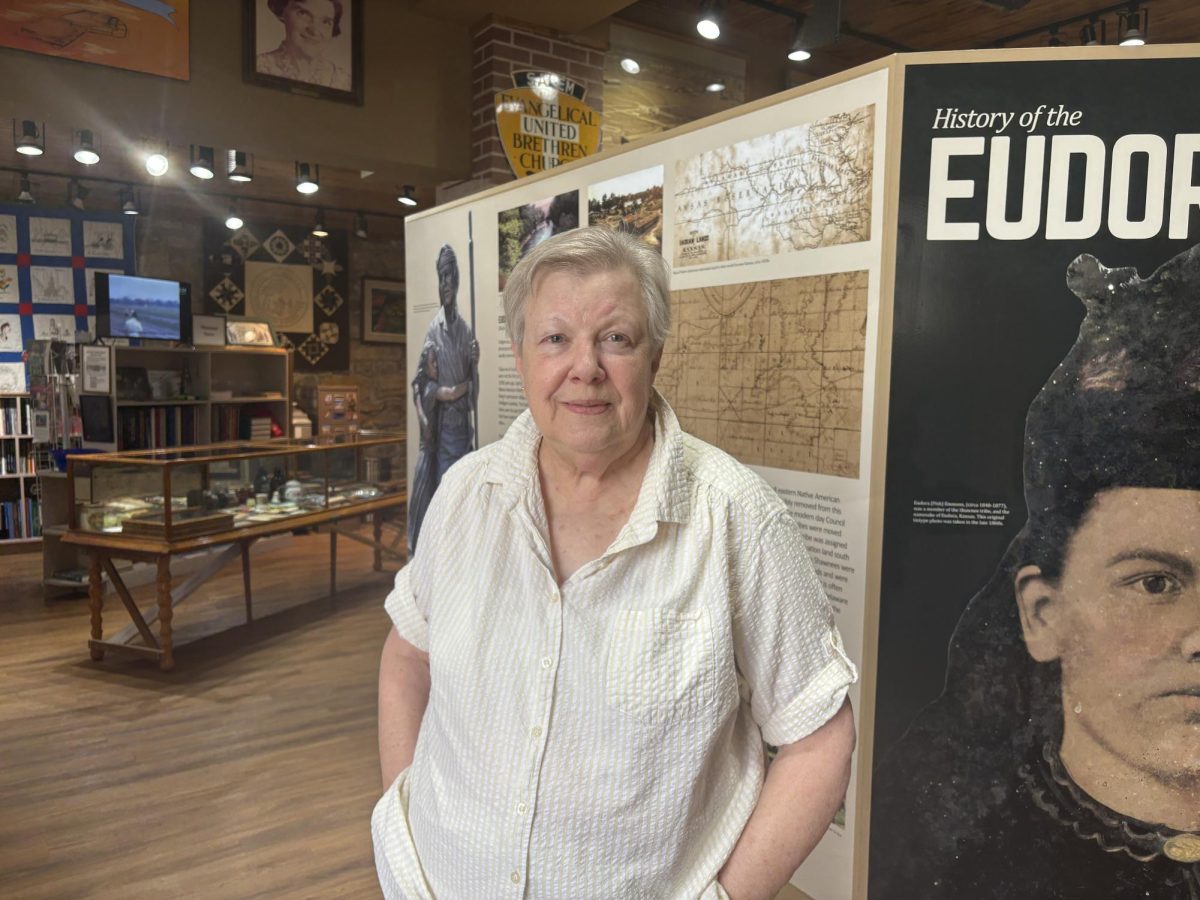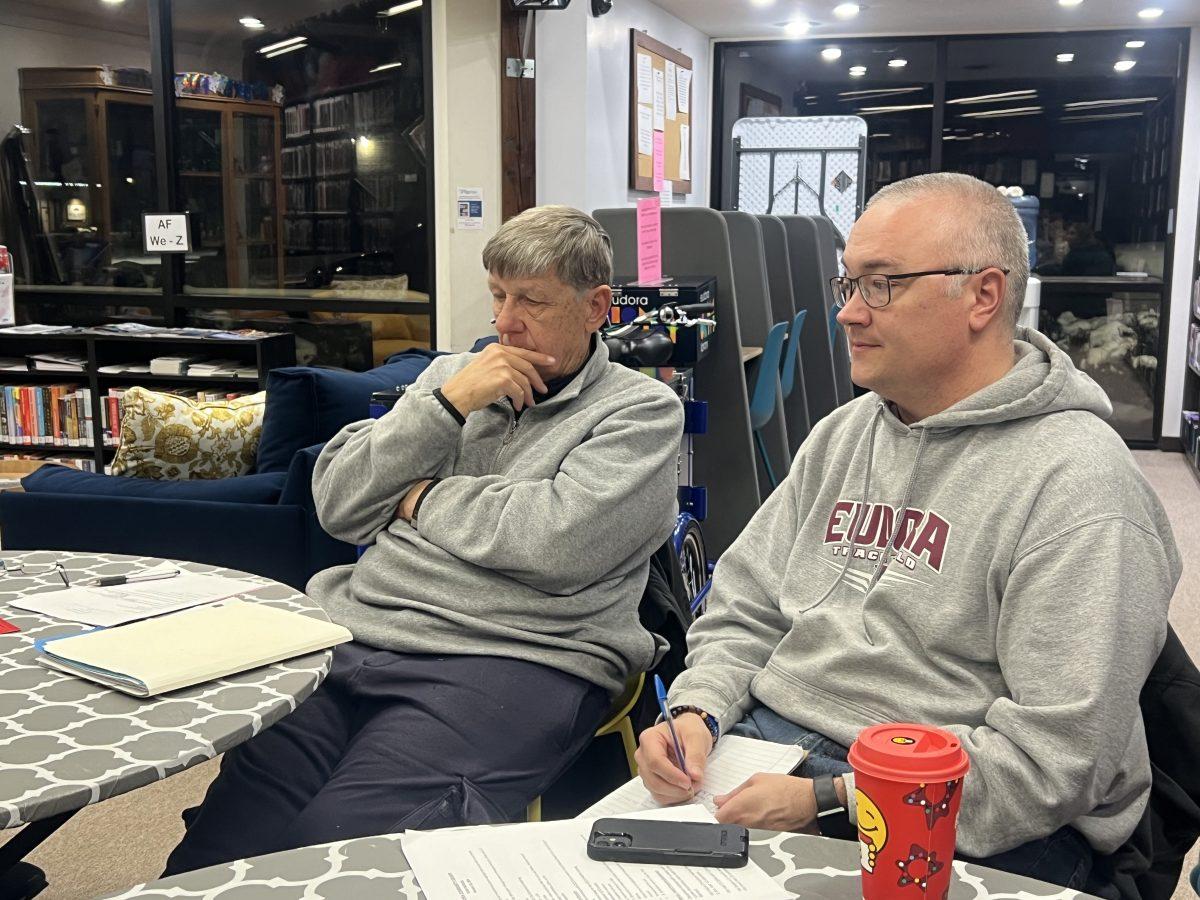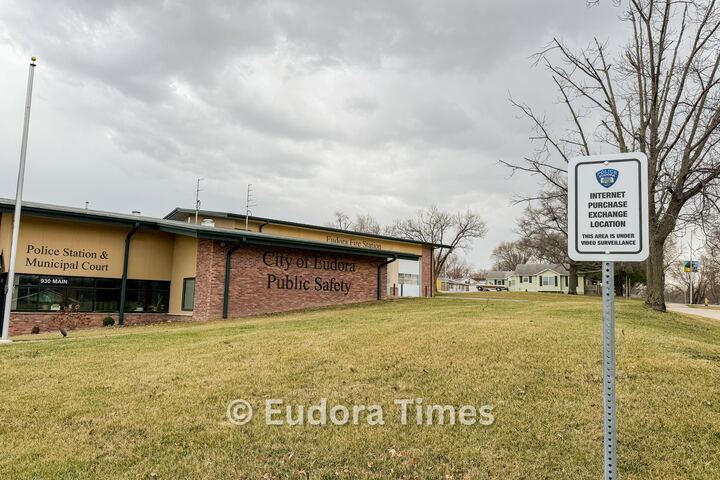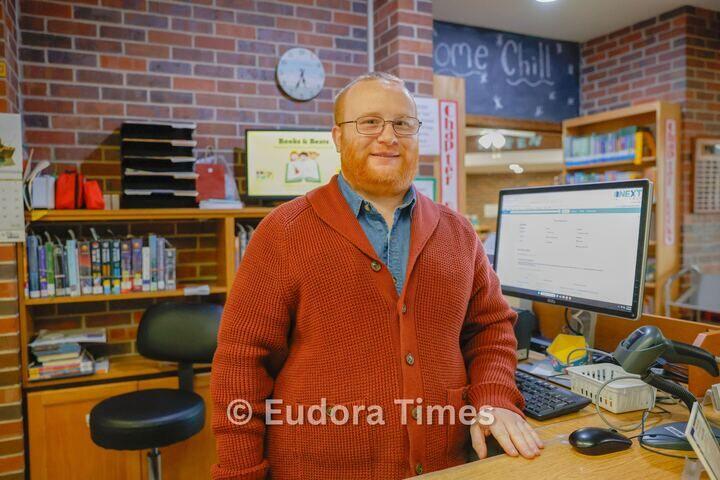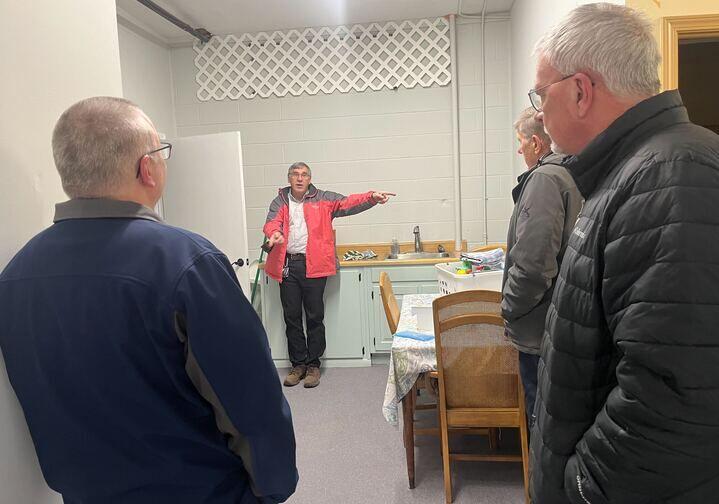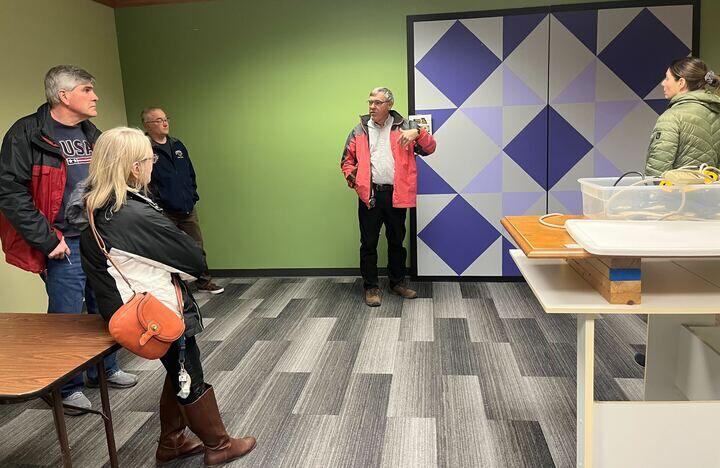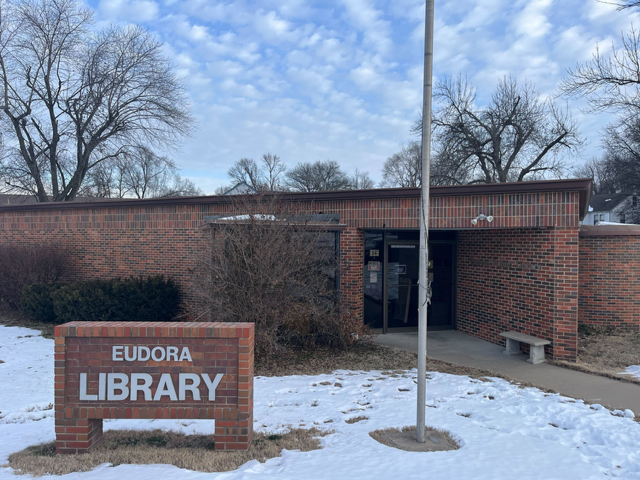The library board discussed updates from construction and architect companies as it plans next steps for a new, smaller library bond campaign at Tuesday’s meeting.
Executive Director Carol Wohlford discussed five committees she thinks will help tell the library’s story leading up to a vote. Each committee will have a member of the board and other community members, she said.
The first committee will be the leadership team, in charge of bond oversight, articulating the bond’s goal, strategies to pass the bond, talking points to discuss with the community and slogan planning.
The engagement committee will work on a public relations plan, social media, phone banking and sending letters to possible voters. The building committee will help provide insight on building design plans and help decide what is most necessary to make the library smaller, but still useful after hearing community feedback on the last bond.
Based on Wohlford’s plan, another committee will work on educating people on the value of the library. This group will educate people on what the library could be and its importance to the community. The citizens for our library committee will work on technical details of the campaign, determine how many yes voters are in the community and talk to the election office.
The board will have further discussion on the committees and their duties after they have more time to think what is necessary from each one.
President Kenny Massey and Treasurer Amy Jankowski met with Mar Lan Construction and an architect from Studio One, who worked on the last bond issue, to discuss what steps are necessary as the board moves forward.
The biggest takeaways from the meeting were that the board needs to decide the new library’s square footage, a general budget, voting date and who will be the point person between construction, architects and the board, Jankowski and Massey agreed.
Massey also said it is important for the board to have a general direction on what they want the library to consist of before asking committees of community members for their thoughts, especially after seeing the results of the public survey.
Massey also said he asked the architect if it would be possible to create a design that could be smaller, but can be added onto in the future as needs and population increase.
The board also discussed either having a spring or fall vote after conversations with Mar Lan, but no decision was made.
Eric Magette said he feels like the board can be prepared for a vote within 2025, but doesn’t want to rush for a vote in the spring if they aren’t ready.
“I think if we don’t look at 2025, we lose even more momentum,” Magette said.
The board also has to decide how much money it wants to put into preparation needs, like costs for drawings.
During the last bond campaign, the library board hired a consultant to be the point of contact between construction, architects and the board. Magette questioned if the board wanted to do the same with this round. Members agreed a consultant could provide more time to make sure all items are in order, especially as contracts and paperwork come into play.
Magette said the board should start looking at what the bare minimum square footage in a new building could be in order to fit the whole book collection, and then work from there. He also said he felt the board brought in the public’s opinion too early in the last bond issue, and instead it is important to have a clear board vision first.
The collection size will determine how big the building needs to be, Jankowski said. Based on the community’s population and potential growth, she asked Wohldford to do some research on the average collection size, which will help give the architect a better understanding of square footage needs.
“In my mind, I feel like we need to come up with the target population we’re trying to come up with for this library,” Jankowski said.
Jankowski said a 20-year library may need to eventually cater to a population of 8,000, and asked what collection size would be average for a town of that size. Wohlford will report back with those numbers.
The board also agreed to ask Gilmore & Bell to be the library’s bond counsel and Baker Tilly to be the financial adviser. Both worked on the previous bond issue and were recommended by Magette. Members agreed to begin reaching out to see if the two are interested.
Resident Ken Filardo provided comments to the board about the upcoming bond and what he believes is needed to get it to pass. He hopes the library can cater to Eudora’s audience while not weighing too highly on taxpayers.
“Well, first of all, we are not Johnson County. We have greater community needs and a fraction of the tax base to support it,” he said. “And I feel that one of the reasons the bond issue failed the last time – a few friends that I talked to basically said, ‘If it was half that, I would have voted for it.’”
Filardo recommended the board try to leave room in the new library building for future expansion when the time came, and ask the community for donations to keep the bond issue down.
In other business, Eudora Community Resource Navigator Laura Smith also provided an update to the board.
The Douglas County Housing Stabilization Collaborative ended its move-in assistance program, which has led to more funding for utility and rental assistance. Eudora has a funding pool of its own, and Smith is able to help assist almost anyone who applies. In the last year, Smith helped provide over 30,000 in rental assistance to Eudora residents.
Reach reporter Sara Maloney at [email protected].
To donate to support our community journalism, please go to this link: tinyurl.com/y4u7stxj

